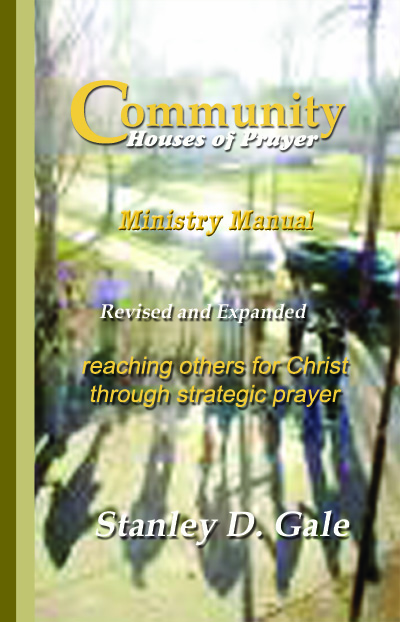-
Baptism and a Box of Corn Flakes
My Presbyterian congregation entered 2015 with six women pregnant with child. So far, two have been born. Four to go. For a small church that’s a lot of babies in one year. And a lot of babies means a lot of baptisms.
Baptism is a point of contention for some, and misunderstood by many. I recently had a conversation with a church planter whose background was in believer’s baptism (credobaptism), but who was honestly wrestling with baptism of infants (paedobaptism).
In our conversation, he said that he did not believe baptism was “salvific.” That means he didn’t believe that the application of water in the sacrament was effective for salvation.
He’s certainly right about that. The Bible is clear that water baptism does not save. It does not remove original sin nor does it regenerate a person. It is not even necessary for salvation. But the church planter’s statement suggested that was what he associated with infant baptism.
So, what is baptism? There are books and essays that lay out the biblical basis, but here I’d like to present an illustration to help us understand the sacrament, using a box of corn flakes.
Baptism is called a sign and seal. A sign points to the existence of something. A seal authenticates, confirms and guarantees the existence of that which is signified.
On to our corn flakes. The label on the box signifies that it holds corn flakes. For it be sealed means that when you open the box guess what you’ll find? Corn flakes. The sign points to corn flakes. The seal says that when you open the box, it will not be empty. It will not contain raisin bran. It will hold corn flakes.
What is signified and sealed in baptism? The Westminster Shorter Catechism tells us.
Q. What is baptism?
A. Baptism is a sacrament, wherein the washing with water in the name of the Father, and of the Son, and of the Holy Ghost, doth signify and seal our ingrafting into Christ, and partaking of the benefits of the covenant of grace, and our engagement to be the Lord’s.Wait a minute! Are you telling me that the application of water, in the name of the triune God actually communicates Christ in the gospel, and without the baby even believing?
That’s exactly right. The sacrament of baptism points to Christ and assures of His benefits.
But I thought baptism wasn’t salvific, that it doesn’t actually save.
It doesn’t. Let’s get back to our corn flakes. When parents who have trusted in Jesus for their salvation baptize their children, they are passing on to them a box of corn flakes. Except the sign on the box says “all the blessings of salvation in Jesus.” What will they find when the box is opened? Just what the sign says—all the blessings of the salvation in Jesus.
What parents do in this special relationship between God and believers and their children (called “covenant”) is say this: “I have trusted in Jesus to save me. He is the only way of salvation, the only covenant keeper. I’m going to tell my child about Jesus and what God has accomplished in Him.” In other words, that box of corn flakes passed along at baptism is kept prominent in the home, as parents raise their children in covenant relationship with God.
If by God’s grace, children at some point in their lives open that box through faith, then all the blessings in Christ it contains become theirs, just as it is with their believing parents. All those things of the Lord their parents taught them and showed them become theirs—by grace, through faith.
In fact, the sacrament of baptism means the same thing for believers (credobaptism) as it does for babies who receive it (paedobaptism). It is not a sign of a person’s faith, but a sign of God’s promise to faith, something objective (God’s promise) rather than something subjective (the person’s faith). For the person who believes and is baptized, it is a sign of God’s promise of salvation in Christ that has been received by grace through faith. For the baby who is baptized without expressing faith, it is a sign of God’s promise of salvation in Christ that (only) by His grace will be received through faith.
In other words, if the box of corn flakes is never opened, the contents of the box are never theirs. They might know about what Jesus did to keep the covenant by His life and death (and children raised in a Christian home are aware of the truths) but they do not possess those benefits, since they never embraced Christ through faith. But if God works by His Spirit to regenerate and so enable faith, that covenant child receives all the blessings of salvation bound up in Christ that were signified and sealed in covenant baptism. The corn flakes are enjoyed!
God has always had a sign for believers and their children in His relationship with families (Gen. 17:9-11). In his sermon at Pentecost, Peter made it clear that God’s covenant promises were still to believers and their children (Acts 2:38-39). God was still working on the basis of the covenant.
Just as His covenant had a sign of initiation in the Old Testament (circumcision), so He has not left His new covenant community without a sign (water baptism). As we would expect in new covenant fullness, the sign is broader and richer, now being administered to males and females, and with greater understanding of the Covenant Keeper to whom it pointed.





